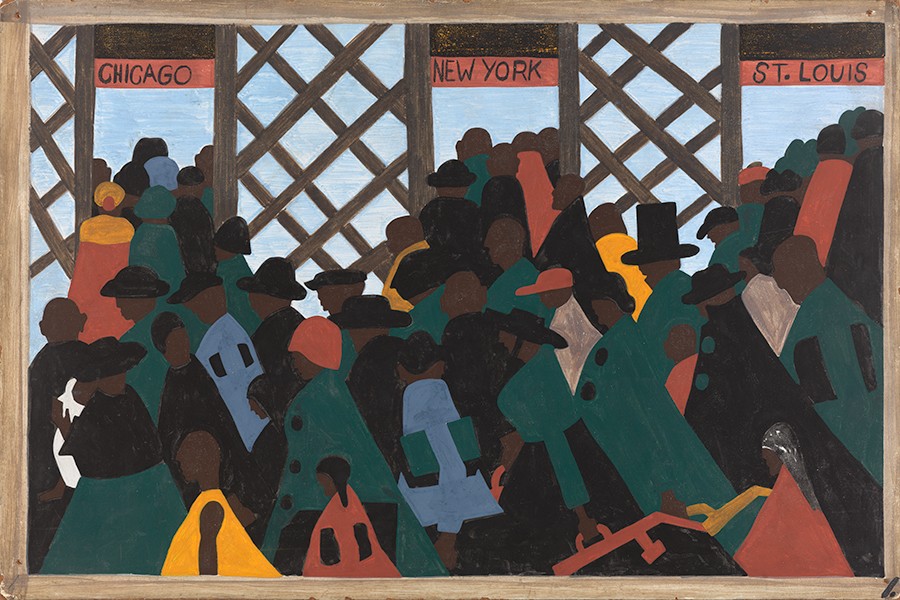Saptarshi Ghosh
Conversations on issues of race, racial justice and systemic racism have rightfully increased in the past few years owing to the Black Lives Matter movement. Racism is not just a matter of individual prejudice and bigotry; deeply entrenched in systems of governance, policing, wealth distribution and every aspect of lived experience, it persistently prevents people of colour from enjoying the same privileges and opportunities as white people. Art has always been a powerful medium in allowing artists of colour to not only raise their voice against discrimination and systemic racism but also explore issues of identity, memory and collective trauma. Let’s check out a few works that make important interventions in debates surrounding race, privilege and discrimination.
Gone: An Historical Romance of a Civil War as It Occurred b’tween the Dusky Thighs of One Young Negress and Her Heart by Kara Walker

Courtesy- The Art Story
One of the most complex and prolific American artists working today, Kara Walker is known for probing into the painful history of Black people through her works. She critically investigates the legacy of slavery while also questioning various racial and gender stereotypes that exist today. Walker’s artistic vision is also shaped by feminist concerns; operating in the intersection of race and gender, she attempts to explore the experiences of women of colour and underscore their daily struggles with both patriarchy and racism.

Courtesy- MoMA
Walker’s 1994 work Gone: An Historical Romance of a Civil War as It Occurred b’tween the Dusky Thighs of One Young Negress and Her Heart is a provocative and controversial piece that explores the legacy of slavery in the US. The work features a life-sized silhouette of a black woman, with exaggerated features and clothing reminiscent of the antebellum period. She is depicted in a sexualised position with a white male figure. This hints at the traumatic history of sexual violence and exploitation that Black women have been subjected to. The title of the artwork is a play on words since “gone” was a slang term used to refer to slaves who had escaped. The “romance” portrayed is in stark contrast to the reality of the violent and traumatic experiences of Black women during slavery.
The Migration series by Jacob Lawrence
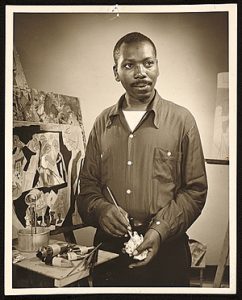
Courtesy- WikiArt
One of the most renowned Black artists of the 20th century, Jacob Lawrence was known for his social realist style with which he captured African American experiences on the canvas. Lawrence found fame as an artist even before the Civil Rights Movement led by Martin Luther King could guarantee the rights of Black people. Born in New Jersey in 1917, Lawrence was a product of the Harlem Renaissance in many ways. The Harlem Renaissance refers to the flourishing of Black culture and creative expression in the early decades of the 20th century. Lawrence showed promise as an artist from an early age; he also came under the influence of artists and writers associated with the Harlem Renaissance, like Langston Hughes and Aaron Douglas.
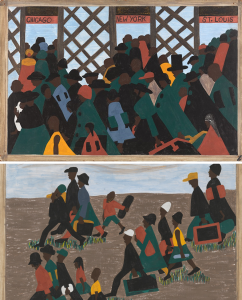
Courtesy- The Phillips Collection; MoMA
Lawrence’s The Migration series is a collection of paintings that document the Great Migration of Black people from the rural South to the urban, industrialised Mid-western and North-eastern cities between 1915 and the 1950s. The series consists of 60 paintings, each accompanied by a caption that provides historical context and personal anecdotes. Lawrence’s work captures the struggles and triumphs of Black people during this period, while also highlighting the perils of systemic racism that drove them out from the south, in wake of the discriminatory Jim Crow laws. Lawrence considered himself to be “a child of the Great Migration”, which went on to shape the lives of thousands of other African Americans.
Irony of Negro Policeman by Jean-Michel Basquiat
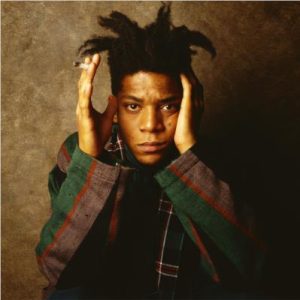
Courtesy- WikiArt
One of the most influential Black American artists of all time, Jean-Michel Basquiat broke out in the art scene like a meteor, dazzling all through his unique Neo-expressionist style and deeply stirring works, only to vanish all too soon. Starting out as a graffiti artist spray-painting on trains and buildings in downtown New York, Basquiat found immense fame by the time he was 25, brushing shoulders with the who’s-who of the art world, like Andy Warhol. His unbound creativity found expression in his experimental works, wherein he incorporated influences from his Haitian and Puerto Rican heritage and made incisive political commentaries on issues of race. Basquiat’s works have been rightfully compared to improvisational jazz compositions; they are like a palimpsest of textures and ideas, that unfold in layers. Words, symbols, images collide to create his unique visual vocabulary. Unfortunately, he died from a drug overdose at the mere age of 27.
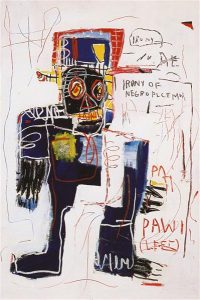
Courtesy- WikiArt
Basquiat’s Irony of Negro Policeman (1981) is a powerful work that addresses issues of race and police brutality. Representing a Black police officer with a skull-like face, he points out how Black police officers are used as tools to oppress their own community. The US has a long and disturbing history of disproportionate police brutality meted out to people of colour, the most appalling example of which we saw in the murder of George Floyd by a white policeman in 2020. The use of irony in the title emphasises the contradictions of a Black person enforcing laws that often discriminate against their own people. Basquiat’s work highlights how racism can affect even those meant to uphold justice.
No Woman, No Cry by Chris Ofili
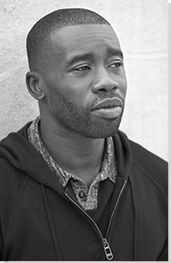
Courtesy- The Art Story
Turner Prize-winning British artist Chris Ofili came to prominence in the 1990s with his complex, decorative, multi-layered compositions. Ofili’s kaleidoscopic works straddle between abstraction and figuration while assimilating a wide array of influences – from Catholic icons and figures of Afropop comics of the 1970s to the use of materials like elephant dung. Since 2005, Ofili has been living and working in the city of Port of Spain in Trinidad and Tobago.
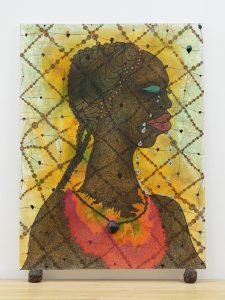
Courtesy- Tate
Ofili’s 1998 work No Woman, No Cry is one of his masterpieces. A dense and large painting, it is meant to honour the memory of a Black kid who was murdered in a racially motivated attack in south-east London. The painting features a portrait of the woman weeping blue tears, surrounded by a halo of vibrant colours and patterns. Ofili’s use of materials such as glitter and elephant dung challenge traditional notions of beauty and elevate the subject to a higher status.
Speaking on his motivations behind the piece, Ofili said, “This kid had been killed by white racists … the image that stuck in my mind was not just his mother but sorrow, deep sorrow, for someone who will never come back. I remember finishing the painting and covering it up, because it was just too strong.” Inscribed beneath layers of paint and dung are the words “R.I.P. Stephen Lawrence”, in memory of the person killed by the attack.
Hope by Shepard Fairey
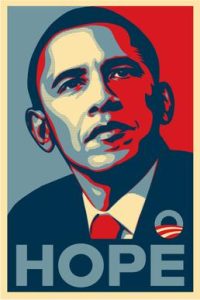
Shepard Fairey’s Hope (2008) is a more recent artwork that gained widespread recognition during Barack Obama’s presidential campaign. The work features a stylised portrait of Obama, with the word “Hope” written underneath in bold letters. Fairey’s intention was to create an image that would be inspiring for people and symbolise the potential for change and progress. The artwork has since become an iconic symbol of the hope and optimism that many people felt during Obama’s presidency, and a reminder of the progress that still needs to be made in the fight against racism.
Bibliography:
- https://walkerart.org/collections/artists/kara-walker
- https://www.artnet.com/artists/jean-michel-basquiat/
- https://www.thebroad.org/art/jean-michel-basquiat
- https://www.moma.org/artists/3418
- https://www.tate.org.uk/art/artworks/ofili-no-woman-no-cry-t07502
- https://www.victoria-miro.com/artists/6-chris-ofili/
- https://www.moma.org/artists/7967
- https://www.artic.edu/artworks/229396/barack-obama-hope-poster


